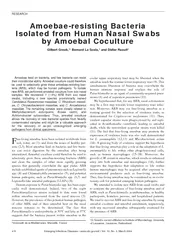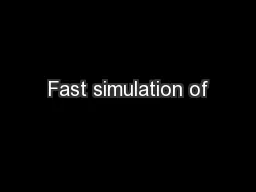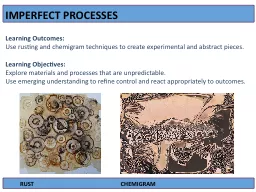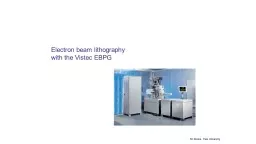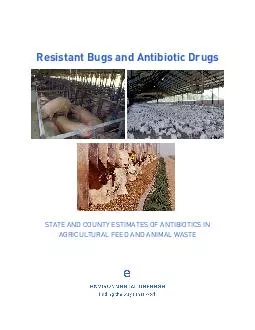PDF-Amoebae feed on bacteria and few bacteria can resist t
Author : alida-meadow | Published Date : 2015-04-28
Amoebal coculture could therefore be used to selectively grow these amoebaeresisting bac teria ARB which may be human pathogens To isolate new ARB we performed amoebal
Presentation Embed Code
Download Presentation
Download Presentation The PPT/PDF document "Amoebae feed on bacteria and few bacteri..." is the property of its rightful owner. Permission is granted to download and print the materials on this website for personal, non-commercial use only, and to display it on your personal computer provided you do not modify the materials and that you retain all copyright notices contained in the materials. By downloading content from our website, you accept the terms of this agreement.
Amoebae feed on bacteria and few bacteria can resist t: Transcript
Download Rules Of Document
"Amoebae feed on bacteria and few bacteria can resist t"The content belongs to its owner. You may download and print it for personal use, without modification, and keep all copyright notices. By downloading, you agree to these terms.
Related Documents

